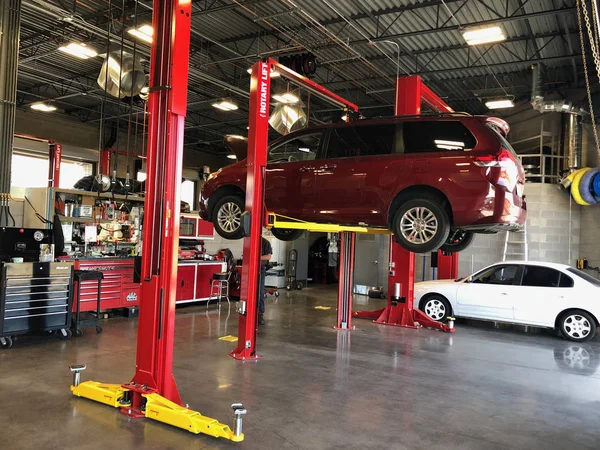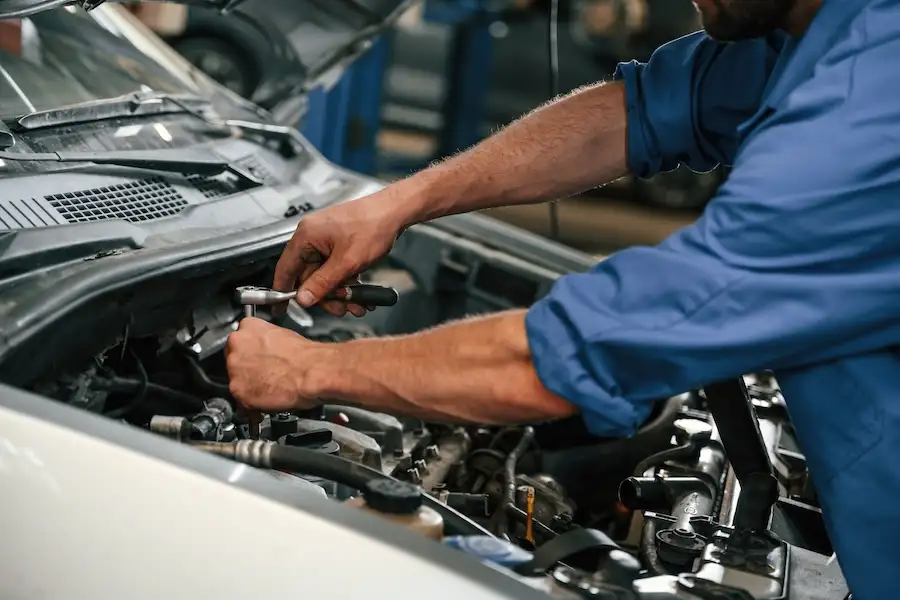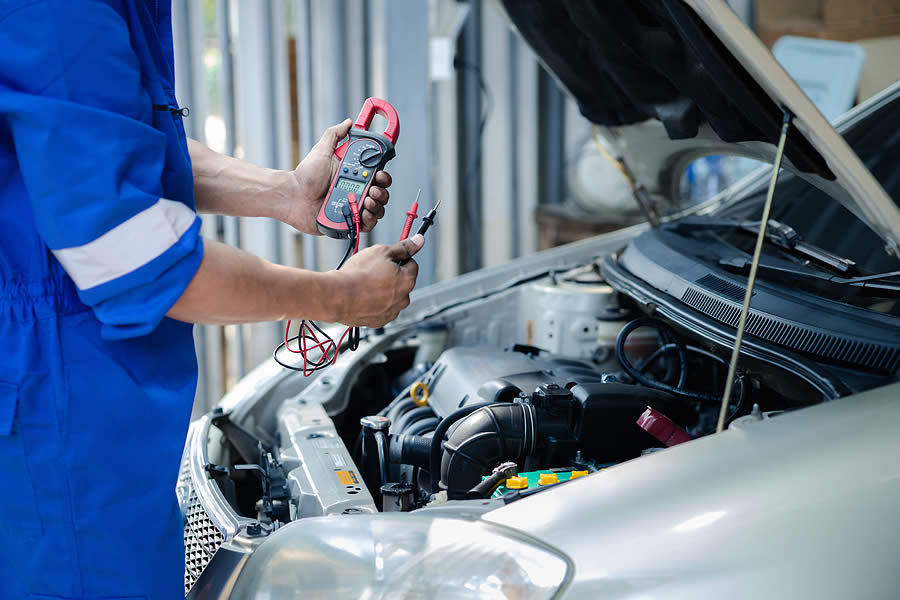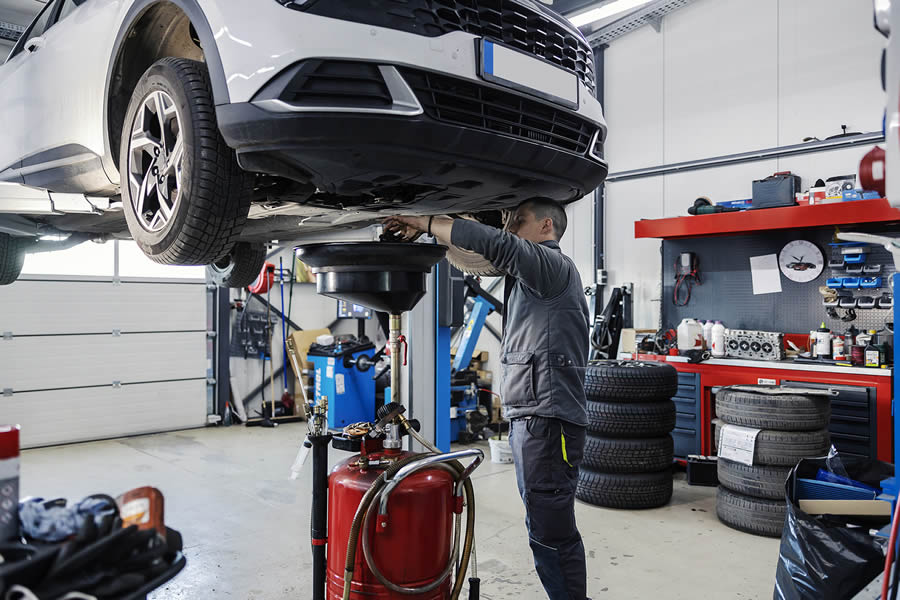
Repairing vs. Replacing: Making Smart Decisions for Major Car Components
When it comes to maintaining your vehicle, one of the most important decisions you’ll face is whether to repair or replace major car components. As cars age and experience wear and tear, some parts will inevitably break down. Knowing when to repair a part and when it’s time to replace it can save you both time and money. In this article, we’ll discuss the key factors to consider when deciding between repairing or replacing major car components, helping you make smart, informed decisions.

Understanding the Difference: Repair vs. Replace
Before diving into the specifics, it’s essential to understand what it means to repair versus replace a car component:
- Repairing a part involves fixing or restoring the existing component so that it functions as it should. This option is often more affordable in the short term but may not be a long-term solution.
- Replacing a component involves swapping out the old, worn part with a new or refurbished one. While more expensive upfront, replacing parts often provides greater reliability and longevity.
Key Factors to Consider
- Cost of Repair vs. Replacement
One of the first things to assess is the cost of the repair compared to the cost of replacement. In many cases, repairs can be more affordable in the short term. However, if the component is likely to fail again soon, repeated repairs can add up, making replacement a more cost-effective option in the long run.
For example, a timing belt might cost around $500 to replace, but if the belt snaps and causes engine damage, the cost to repair the engine could be much higher. Therefore, replacing parts preemptively may save money over time.
- Age of the Vehicle and Component
The age of both your car and the specific component is a crucial factor. Older vehicles with many miles on them may not justify expensive repairs, especially if other parts are likely to fail soon. Conversely, if the car is relatively new, a repair might make more sense, particularly if it can extend the vehicle’s life for several more years.
For example, a vehicle’s transmission may start to show signs of trouble after 100,000 miles. In an older car with high mileage, replacing the transmission could be more costly than the vehicle’s worth. In such cases, you might opt for a repair or consider replacing the vehicle altogether.
- Frequency of the Problem
If the issue with a component is recurring, it may be more cost-effective to replace it entirely rather than repeatedly repairing it. Certain components, like the alternator, may show signs of failure multiple times. If your alternator needs frequent repairs, replacing it can be a more reliable option.
The same goes for brake components. If your brakes require constant adjustments or repairs, replacing the entire brake system might be more cost-effective in the long run.
- Safety Considerations
Some components are critical to the safety of your vehicle, and when they begin to fail, replacement should be the priority. For instance, worn-out tires, brake pads, or steering components should be replaced immediately when they show significant wear or malfunction. While repairs might be possible, these parts are essential to keeping you and other drivers safe on the road, making replacement the smarter decision.
- Technological Advancements
Sometimes replacing an old part can be an opportunity to upgrade to a more efficient or technologically advanced option. Modern car batteries with longer lifespans and quicker charging times are a good example. If you’re considering a replacement, it’s worth looking into upgraded parts that offer better performance and durability than the original.
In other cases, modern headlight assemblies with LED or HID bulbs might be a better long-term solution than repairing older halogen lights. These upgrades can improve safety, longevity, and performance.
Common Car Components: Repair or Replace?
- Transmission
- Repair: If the transmission is still functional but showing signs of wear, such as slipping gears or slow engagement, a repair might fix the issue. However, this might only be a temporary solution.
- Replace: If your transmission is failing completely or has been repaired multiple times, replacement is the better option. A new or refurbished transmission can significantly extend the life of your vehicle.
- Engine
- Repair: Minor engine issues like oil leaks, faulty sensors, or misfires can often be repaired without replacing the entire engine. Repairs can address localized problems while keeping the engine functional.
- Replace: If the engine has suffered catastrophic damage, such as a blown head gasket or a seized engine, replacing the engine might be more economical than repairing major components.
- Brakes
- Repair: Minor brake repairs, like replacing brake pads or resurfacing rotors, are common and usually cost-effective.
- Replace: If the brake system shows signs of significant wear or repeated failure, replacing major components such as the rotors, calipers, or even the entire braking system may be necessary.
- Suspension
- Repair: Suspension issues like a worn-out shock absorber or a broken spring can often be repaired individually.
- Replace: If the entire suspension system is worn down, it’s smarter to replace the components for improved ride quality and safety.
Conclusion
Deciding whether to repair or replace major car components depends on several factors, including cost, the age of your vehicle, and safety considerations. While repairs can be cost-effective in the short term, replacing components often provides better long-term reliability and peace of mind. Always weigh the pros and cons of each option carefully and consider consulting with a trusted mechanic to guide your decision. By making informed choices, you can keep your car running smoothly for years to come.



